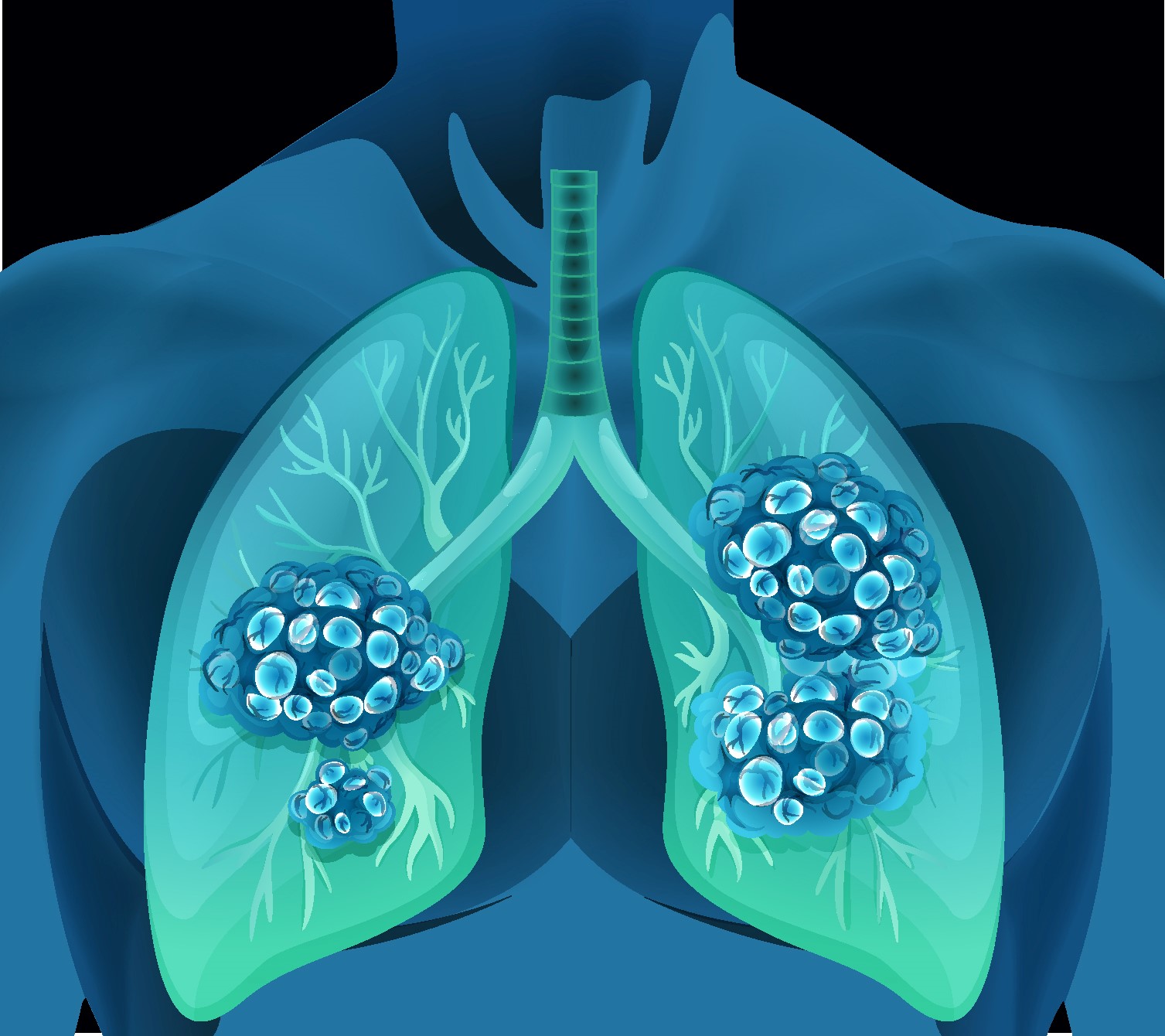The goal of this study is to present the utility of quantitative modeling for extrapolation of drug safety and efficacy to underrepresented populations in controlled clinical trials. To illustrate this, the stepwise development of an integrated disease/pharmacokinetics/pharmacodynamics model of antipyretic efficacy of ibuprofen in children with cystic fibrosis (CF) is presented along with therapy optimization suggestions.
Published clinical trials, in vitro data and drug physiochemical properties were used to develop an ibuprofen-mediated antipyresis model for febrile children also having CF. Workflow included first developing a mechanistic absorption model using in vitro-in vivo extrapolation followed by physiologically-based pharmacokinetic (PBPK) modeling. The verified PBPK model was then scaled to pediatric patients with CF. Once verified, the PBPK model was linked to an indirect response model of antipyresis for simulation of the overall antipyretic efficacy of ibuprofen in CF children.
Model simulations showed therapeutic inequivalence between healthy children and pediatric patients with CF; C and AUC decreased by 39% (32-46%) and 44% (36-52%), respectively, in patients. Further and in agreement with literature reports, predicted pharmacodynamics time courses suggest a slower onset and faster offset of action in patients compared to healthy children, 30 and 60 minutes, respectively. Exploratory simulations suggest an increase in dosing frequency for CF children as a better therapeutic strategy.
Model-informed approaches to leveraging knowledge obtained throughout the life cycle of drug development may play a key role in extrapolating drug efficacy and safety to underrepresented populations.
This article is protected by copyright. All rights reserved.
Assessing the impact of cystic fibrosis on the antipyretic response of ibuprofen in children: physiologically-based modeling as a candle in the dark.


